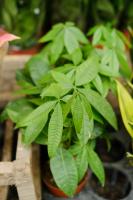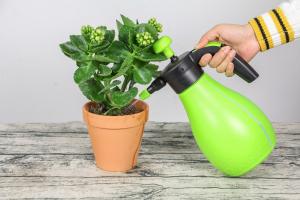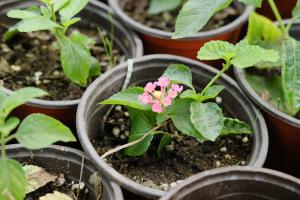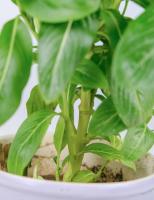Introduction
Indoor fig trees are a beautiful addition to any home, adding a touch of greenery and natural beauty to your interior design. However, in order to keep your indoor fig tree healthy and thriving, it is crucial that you know what to feed it. In this article, we will discuss the best types of fertilizers and nutrients for your indoor fig tree, as well as some tips for keeping it healthy and happy.
Fertilizer for Indoor Fig Trees
When it comes to feeding your indoor fig tree, choosing the right fertilizer is key. The type of fertilizer you use will depend on the age and size of your plant, as well as the time of year. For young trees, it is important to use a balanced fertilizer with equal amounts of nitrogen, phosphorus, and potassium. This will help to promote healthy growth and establish a strong root system.
As your indoor fig tree grows and becomes more established, you can switch to a fertilizer with lower nitrogen content and higher phosphorus content. This will encourage your tree to produce more fruit and flowers, and will also help to strengthen the branches and roots of your plant.
Nutrients for Indoor Fig Trees
In addition to fertilizer, there are a number of important nutrients that your indoor fig tree needs to stay healthy and vibrant. One of the most important of these is calcium, which is necessary for strong cell walls and healthy growth. You can provide your indoor fig tree with calcium by supplementing your fertilizer with crushed eggshells, which are a great source of this essential nutrient.
Another important nutrient for indoor fig trees is magnesium, which is necessary for photosynthesis and overall plant health. You can provide your tree with magnesium by using a fertilizer that contains epsom salts or adding a tablespoon of epsom salt to one gallon of water and using it to water your tree.
Tips for Keeping Your Indoor Fig Tree Healthy
In addition to feeding your indoor fig tree with the proper nutrients and fertilizers, there are a number of other things you can do to keep it healthy and happy. One of the most important is to make sure your tree is getting enough light. Indoor fig trees need at least six hours of bright, indirect light each day in order to thrive.
Another important aspect of indoor fig tree care is watering. It is important to water your tree regularly, but not too much. Overwatering can lead to root rot and other problems, so it is important to monitor the moisture level of your soil and only water when necessary.
Finally, it is important to prune your indoor fig tree regularly in order to promote healthy growth and prevent overcrowding. Pruning can also help to prevent diseases and pests from taking hold, and can improve the overall appearance of your tree.
Conclusion
Feeding your indoor fig tree with the proper nutrients and fertilizers, providing it with adequate light and water, and pruning it regularly are all important aspects of indoor fig tree care. By following these tips and providing your tree with the care it needs, you can enjoy a beautiful and healthy indoor fig tree in your home for years to come.

 how many times do yo...
how many times do yo... how many planted tre...
how many planted tre... how many pine trees ...
how many pine trees ... how many pecan trees...
how many pecan trees... how many plants comp...
how many plants comp... how many plants can ...
how many plants can ... how many plants and ...
how many plants and ... how many pepper plan...
how many pepper plan...






























